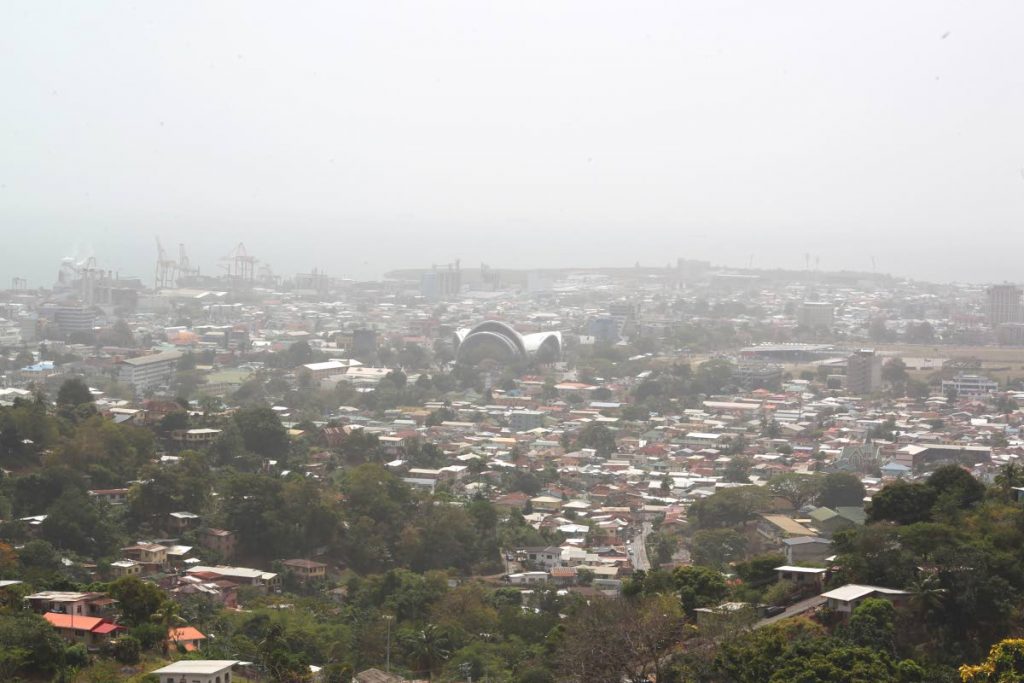Chief Med Officer: How to deal with Sahara dust

Although the Meteorological Service said the Sahara Dust levels will decrease on Wednesday, Chief Medical Officer Dr Roshan Parasram is urging the public to continue using "proper respiratory etiquette."
Speaking to Newsday today, Parasram said it would be difficult for someone to tell the difference between a cold and an allergic reaction from the dust.
“Practise the use of respiratory etiquette, which is to cover your nose and mouth when you are sneezing, because you may not know if it is a common cold or it is related to the Sahara dust.
Symptoms of reactions to the Sahara dust, he said, included: "an exacerbation of chronic conditions like asthma, allergic rhinitis, dry cough, sore throat, itchy and watery eyes, sneezing and runny nose.”
Parasram said the high levels of Sahara dust may aggravate illnesses in people who are at high risk of respiratory complications. People with pre-existing lung issues such as asthma disease, those with pre-existing heart disease, the elderly and children are at greater risk.
“Those with pre-existing conditions should stay indoors, when possible, and should have their rescue inhaler with them at all times," he warned.
On how to tell the cause of the problem, he explained, “While persons may experience symptoms during the days of a Sahara dust event, these symptoms should disappear as the dust levels reduce.”
Parasram said once someone suffers severe shortness of breath (difficulty breathing), persistent fever for more than two to three days or a severe worsening of a pre-existing condition, they should seek medical attention immediately.



Comments
"Chief Med Officer: How to deal with Sahara dust"